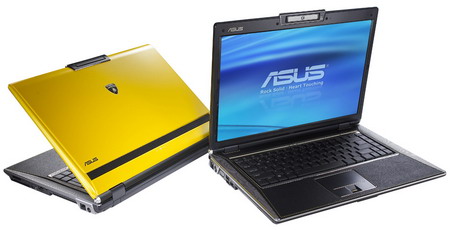INTEL CENTRINO DUO SANTA ROSA BENCHMARK AND REVIEW
![]()
|
|
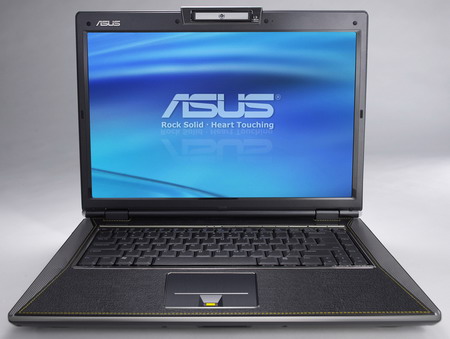 |
||||||||||||
| Posted:2007-05-11 By platform review Number of View:84846 |
|||||||||||||
By :platform review Posted:2007-05-11
In September 2006, INTEL updated its mobile platform Centrino by equipping it for the first time with its successful processor  Small evolutions on processor side
Physically, new Merom Santa-Rosa always count 291 million transistors whereas they are presented at the format PGA479. The chipset 945 in Napa systems do not support the new processors. TDP Level (processor thermal envelope) was kept at 34 Watts for the most powerful processors Core 2 Duo. INTEL proposes as a high end processor Core 2 Duo T7700, this is the fastest at the moment with 2,4 GHz operation frequency .
INTEL propose support to EM64T, in other words 64 bits compatibility, as well as instructions SSE3 , SSSE3 and VT Technology . INTEL Centrino Pro
New chipset: INTEL 965 ExpressSanta-Clara has benefited from a new platform Centrino Duo with the new chipset 965, this last is already available for several months on our desktop PC. Adapted to portable computers, the 965 Express mobile version is compatible with 800 MHz bus system , and support new technology INTEL Dynamic Accelerator described above. Vs chipset 945, the 965 Express s characterized by the improved support to Serial-ATA and by the number USB 2.0 ports ( thanks to its south bridge ICH8M ) . INTEL announces the support to 10 ports USB 2.0, 3 ports Serial-ATA 3.0 Gbps whereas the chipset offers a total of six line 1x PCI-Express for expansion cards. Supported RAID modes are : RAID 0, RAID 1 . In addition to these improvements, 965 Express chipset allowed INTEL to propose a new graphic core : GMA X3100. This graphic chip work at 500 MHz, the same graphic core has equipped for a few months the G965 chipsets dedicated to office computers. GMA X3100 is DirectX 9.0 compatible witch allow INTEL to deal with graphic interface Aero Windows Vista. The GMA X3100 in addition integrates technology INTEL Clear Video similar to AVIVO and PureVideo from AMD and NVIDIA. 
INTEL Turbo Memory Technology
INTEL communicates , a twice faster loadings for software and 20% faster start up . Always according to the figures communicated by INTEL, INTEL Turbo Memory would also allow to reduce the electric consumption of system . Let us note that INTEL Turbo Memory 512 MB gives access only to Ready Drive technology, and 1GB module offer simultaneously the functions Ready Drive and Readyhost. We measured the time necessary to start Windows Vista, lunching office with and without Turbo Memory. But we found that the deactivation of turbo memory save 2 second !!!! . We repeated the operation several times but the result was the same : Turbo Memory does not offer for the moment any profit to our VX2S … Maybe this bios or driver error ....
Wi-Fi !!!
Asus Lamborghini VX2S
The keyboard is surmounted with various shortcut keys and some operation diodes . Asus proposes buttons dedicated to change the power mode or to activate Blue tooth and Wi-Fi.
Technically, the VX2S contains INTEL Core 2 Duo T7700 processor working at 2,4 GHz . The portable is equipped with chipset INTEL 965 Express and 2 GB memory DDR2-667. The hard disk used here is Hitachi model with 5400 RPM ,Serial-ATA and 160 GB capacity. . Graphic side, Asus retains a module MXM animated by GeForce 8600M GT and provided with 512 MB video memory. Let us finish by specifying that the battery is a model 8 cells 5200mAh. In order to test the performances of Santa-Rosa platform, we used two distinct portable computers. The first was the new Asus VX2S on which we used a new processors INTEL Core 2 Duo T7500 (2,2 GHz) and T7700 (2,4 GHz). We also used the traditional VX2 model , equipped with the Napa platform and provided with processor Core 2 Duo T7400 (2,16 GHz). in addition we use components close to the two portables whose detailed configuration appears below:
Our two notebook were provided with the last drivers available and functioned under Windows Vista . we will oppose our portables to a system with identical configuration:
Cinebench 9.5
PCMark05 - Processor Test
PCMark05 - Memory Test
ScienceMark 2.0 - Primordia
Mathematica 5.1
Compression Test - WinRAR 3.60
Video encoding Test - TMPGenc 4.2.3.193 Xpress
Sandra Xi - SP1 - Processor Test
Here Core 2 Duo E6600 and T7700 are also in perfect equality . according to Sandra, Core 2 Duo T7700 is 10% faster than the T7500 model. Sandra Xi - SP1 - Memory Test
Battery LifeFor our test, we used BatteryMark in order to compare the portable Asus VX2 Napa platform with the new VX2S Santa-Rosa platform.ConclusionINTEL continues to update it mobile platform preserving a large superiority over AMD. the new Santa-Rosa platform has considerable new technologie. Core 2 Duo Merom, obtains a faster system bus and various improvements aiming at saving energy. The arrival of dynamic acceleration technology is rather interesting, in particular for single-thread applications. The new Core 2 Duo T7700 offers a very appreciable profit over Core 2 Duo T7400 . Lastly, in 2008, Santa-Rosa platform will get the first 45nm processors dedicated to mobile world. 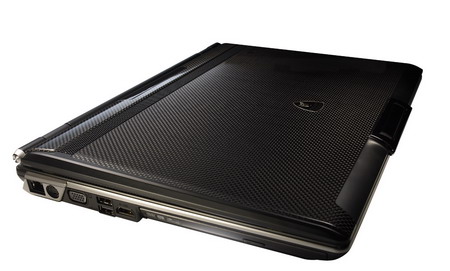

we would be happy to answer for your question . if you have suggestion or comment
regarding this review our support would be glad to help just join our forum and ask u will get the best answer
to discuss check our forum section :-) RATE THIS REVIEW | |||||||||||||
![]()

Intel centrino duo santa rosa benchmark and review
Intel centrino duo santa rosa benchmark and review


7600gt review
7600gt is the middle card range.
We already benchmarked this video card and found that ...

 geforce 8800gtx and 8800gts
geforce 8800gtx and 8800gts  Xtreview software download Section
Xtreview software download Section  AMD TURION 64 X2 REVIEW
AMD TURION 64 X2 REVIEW  INTEL PENTIUM D 920 , INTEL PENTIUM D 930
INTEL PENTIUM D 920 , INTEL PENTIUM D 930  6800XT REVIEW
6800XT REVIEW  computer hardware REVIEW
computer hardware REVIEW  INTEL CONROE CORE DUO 2 REVIEW VS AMD AM2
INTEL CONROE CORE DUO 2 REVIEW VS AMD AM2  INTEL PENTIUM D 805 INTEL D805
INTEL PENTIUM D 805 INTEL D805  Free desktop wallpaper
Free desktop wallpaper  online fighting game
online fighting game  Xtreview price comparison center
Xtreview price comparison center 

- The new version of GPU-Z finally kills the belief in the miracle of Vega transformation
- The motherboard manufacturer confirms the characteristics of the processors Coffee Lake
- We are looking for copper coolers on NVIDIA Volta computing accelerators
- Unofficially about Intels plans to release 300-series chipset
- The Japanese representation of AMD offered monetary compensation to the first buyers of Ryzen Threadripper
- This year will not be released more than 45 million motherboards
- TSMC denies the presentation of charges from the antimonopoly authorities
- Radeon RX Vega 64 at frequencies 1802-1000 MHz updated the record GPUPI 1B
- AMD itself would like to believe that mobile processors Ryzen have already been released
- AMD Vega 20 will find application in accelerating computations
- Pre-orders for new iPhone start next week
- Radeon RX Vega 57, 58 and 59: the wonders of transformation
- ASML starts commercial delivery of EUV-scanners
- The older Skylake processors with a free multiplier are removed from production
- Meizu will release Android-smartphone based on Helio P40
- AMD Bristol Ridge processors are also available in American retail
- The fate of Toshiba Memory can be solved to the next environment
- duo GeForce GTX 1080 Ti in GPUPI 1B at frequencies of 2480-10320 MHz
- New Kentsfield overclocking record up to 5204 MHz
- Lenovo released Android-smartphone K8



computer news computer parts review Old Forum Downloads New Forum Login Join Articles terms Hardware blog Sitemap Get Freebies

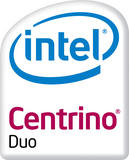 , Core 2 Duo. Six months later, Santa-Clara platform was updated with Santa-Rosa code. INTEL proposes a slightly improved processor, new a chipset, a new Wi-Fi module with various small improvements .
, Core 2 Duo. Six months later, Santa-Clara platform was updated with Santa-Rosa code. INTEL proposes a slightly improved processor, new a chipset, a new Wi-Fi module with various small improvements . 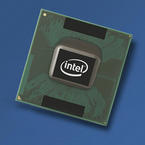 For its new platform Centrino Duo, INTEL use carefully the mobile version of its dual core processor Core 2 Duo.INTEL engineers made some improvements and increased the bus system frequency . We passes from 667 MHz for Core 2 Duo in Napa platforms to 800 MHz for Core 2 Duo in Santa-Rosa platforms. This improvement has a direct impact on the theoretical band-width between the chipset and processor, band-width which passes from 5,3 GB/S with Napa to 6,4 GB/S in the new platform.
For its new platform Centrino Duo, INTEL use carefully the mobile version of its dual core processor Core 2 Duo.INTEL engineers made some improvements and increased the bus system frequency . We passes from 667 MHz for Core 2 Duo in Napa platforms to 800 MHz for Core 2 Duo in Santa-Rosa platforms. This improvement has a direct impact on the theoretical band-width between the chipset and processor, band-width which passes from 5,3 GB/S with Napa to 6,4 GB/S in the new platform.
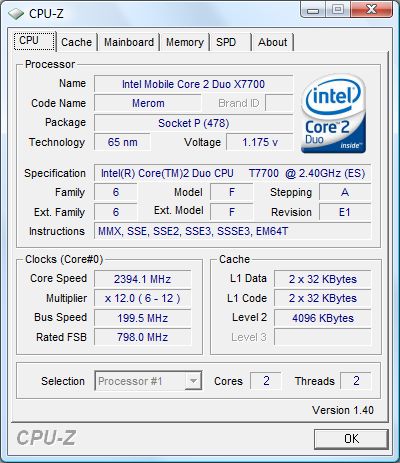
 The new notebook generation using Santa-Rosa platform support the technology INTEL Turbo Memory. According to choice\'s of notebook computer , user will get 512 MB or 1 GB memory flash NAND. Known in the past under the name Robson , this technology is used to activate the Ready Boost functions and Ready Drive suitable only for operating system: Windows Vista.
The new notebook generation using Santa-Rosa platform support the technology INTEL Turbo Memory. According to choice\'s of notebook computer , user will get 512 MB or 1 GB memory flash NAND. Known in the past under the name Robson , this technology is used to activate the Ready Boost functions and Ready Drive suitable only for operating system: Windows Vista. 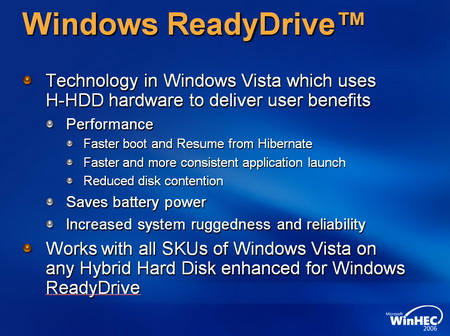
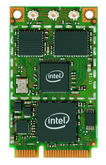 As with each new generation of Centrino platform, INTEL update the component used . With Santa-Rosa platform, INTEL introduces the module Wireless WiFi Link 4965AGN presented at the format PCI-Express 1x. The circuit Wireless WiFi Link 4965AGN supports at the same time the frequency 2,4 and 5 GHz what guarantees compatibility with networks i802.11a, i802.11b, i802.11g and i802.11n. Like the large equipment suppliers networks, INTEL did not wish to await for the finalization of specifications for protocol i802.11n and propose a circuit witch performances are higher than the old i802.11g.
As with each new generation of Centrino platform, INTEL update the component used . With Santa-Rosa platform, INTEL introduces the module Wireless WiFi Link 4965AGN presented at the format PCI-Express 1x. The circuit Wireless WiFi Link 4965AGN supports at the same time the frequency 2,4 and 5 GHz what guarantees compatibility with networks i802.11a, i802.11b, i802.11g and i802.11n. Like the large equipment suppliers networks, INTEL did not wish to await for the finalization of specifications for protocol i802.11n and propose a circuit witch performances are higher than the old i802.11g. 